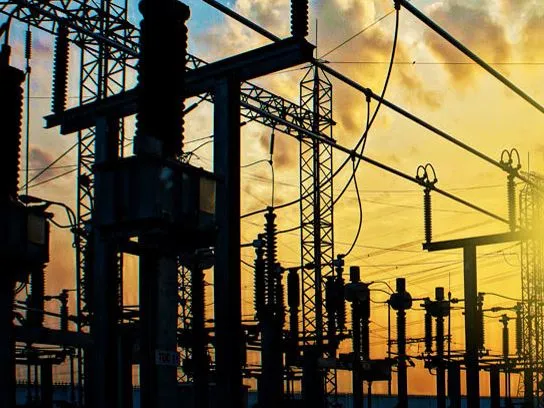
India urged to improve Renewable Purchase Obligation policy fast
States are scrambling to meet their RPOs.
Renewable Purchase Obligation (RPO) is the single most important policy driving renewable energy installations in India towards achieving the aggressive goal of installing 175 GW by 2022 with solar making up 100 GW, according to Mercom Capital Group.
Over the past three years, as states scrambled to fulfill their RPOs, cumulative installation figures for solar and wind energy increased exponentially, but unless compliance improves drastically it will be a challenge to meet the lofty 2022 installation goals.
“The installed capacity of grid interactive solar power in the country at the beginning of the 11th five-year plan period was zero. This rose to 2,656 MW by March 2014, and we have now crossed 10 GW of solar thanks to RPO,” stated a Ministry of New and Renewable Energy (MNRE) official. Trading in renewable energy certificates (RECs) has also increased. States with high solar and wind potential are tendering more projects. “Direct purchase of electricity generated from renewable energy sources was the preferred option to meet RPOs. Between 2010 and 2014, only 4.77 percent of RPO compliance was through REC mode, this has changed now,” stated another MNRE official.
Here's more from Mercom Capital Group:
Though India has made remarkable progress over the last seven years (since the inception of the JNNSM in 2010) the 10 GW of solar installations is not as impressive as it sounds. India needs to install 90 GW of solar in five year – a rate of 18 GW per year. Most states have specified RPO targets. However, due to the lack of enforcement of RPO regulations and the absence of penalties when obligations are not met, many of the state DISCOMs (distribution companies) are not complying fully with their RPO targets.
“Most states have defaulted on their RPOs, and this is the fifth year in a row. In the current financial year even Gujarat and Rajasthan have not been able to comply with state RPO,” stated a Central Electricity Regulatory Commission (CERC) official.
In some cases, rather than imposing a penalty on defaulters, the state electricity regulatory commissions (SERCs) have allowed DISCOMs to carry the shortfall forward to the next year. This exemption made by Delhi Electricity Regulatory Commission (DERC) stands out in this aspect, as the DERC had not imposed a penalty stating, “these are the initial days of DISCOMs dealing with renewable energy.”
If all states adhere to the RPO targets set by respective SERCs, 17.7 GW of solar should be installed by end of the current financial year. The current solar RPO is 2.75 percent, actual cumulative installations as of March 20, 2017, comes to 10.8 GW according to Mercom India Solar Project Tracker. The RPO deficit is 6.9 GW (-39%) based on MNRE RPO targets for upto FY2016-17.








![Cross Domain [Manu + SBR + ABF + ABR + FMCG + HBR + ]](https://cmg-qa.s3.ap-southeast-1.amazonaws.com/s3fs-public/styles/exclusive_featured_article/public/2025-01/earth-3537401_1920_4.jpg.webp?itok=WaRpTJwE)
![Cross Domain [SBR + ABR]](https://cmg-qa.s3.ap-southeast-1.amazonaws.com/s3fs-public/styles/exclusive_featured_article/public/2025-01/pexels-jahoo-867092-2_1.jpg.webp?itok=o7MUL1oO)









 Advertise
Advertise


